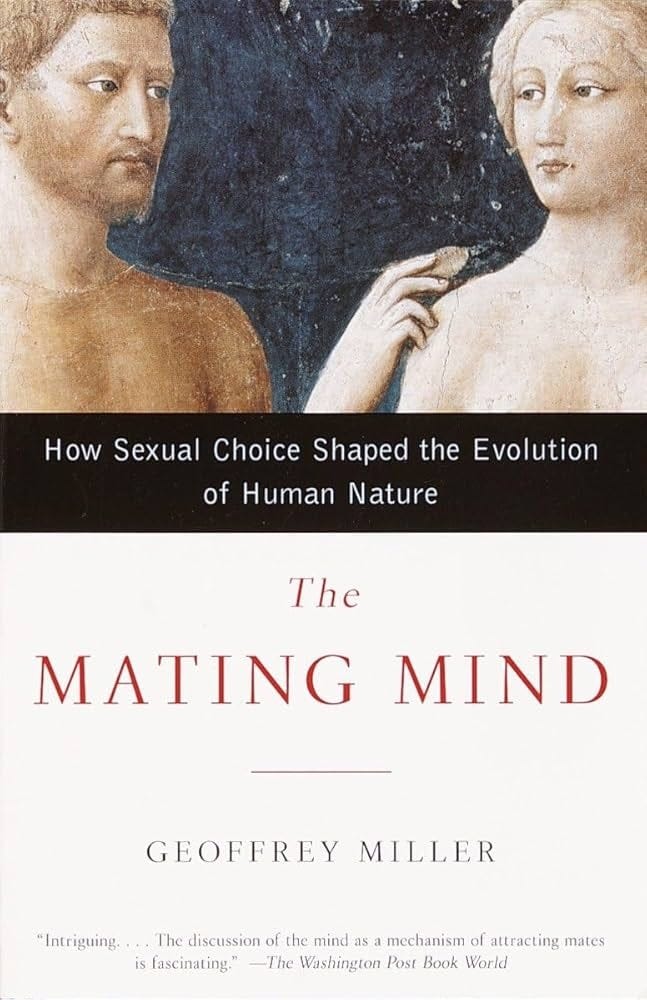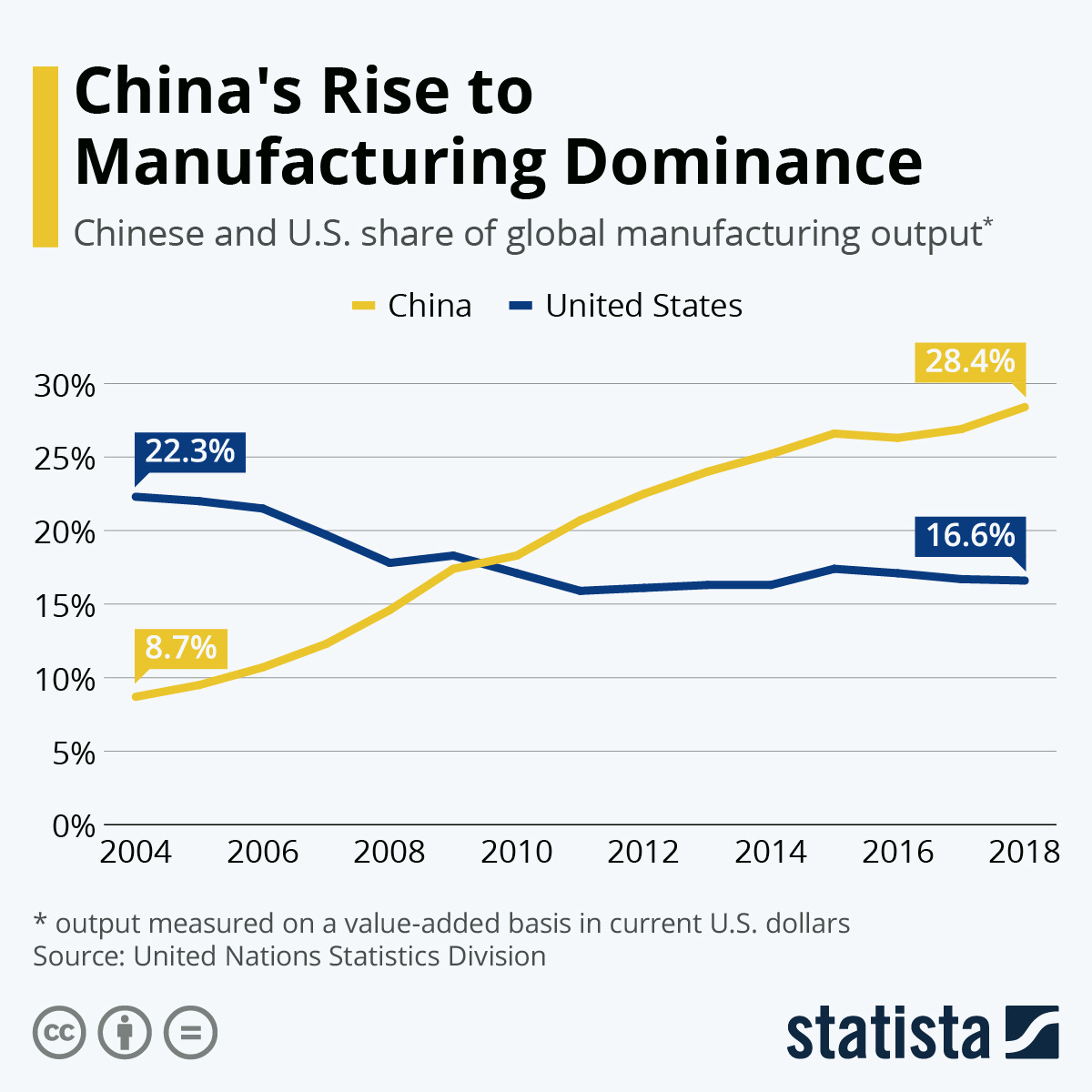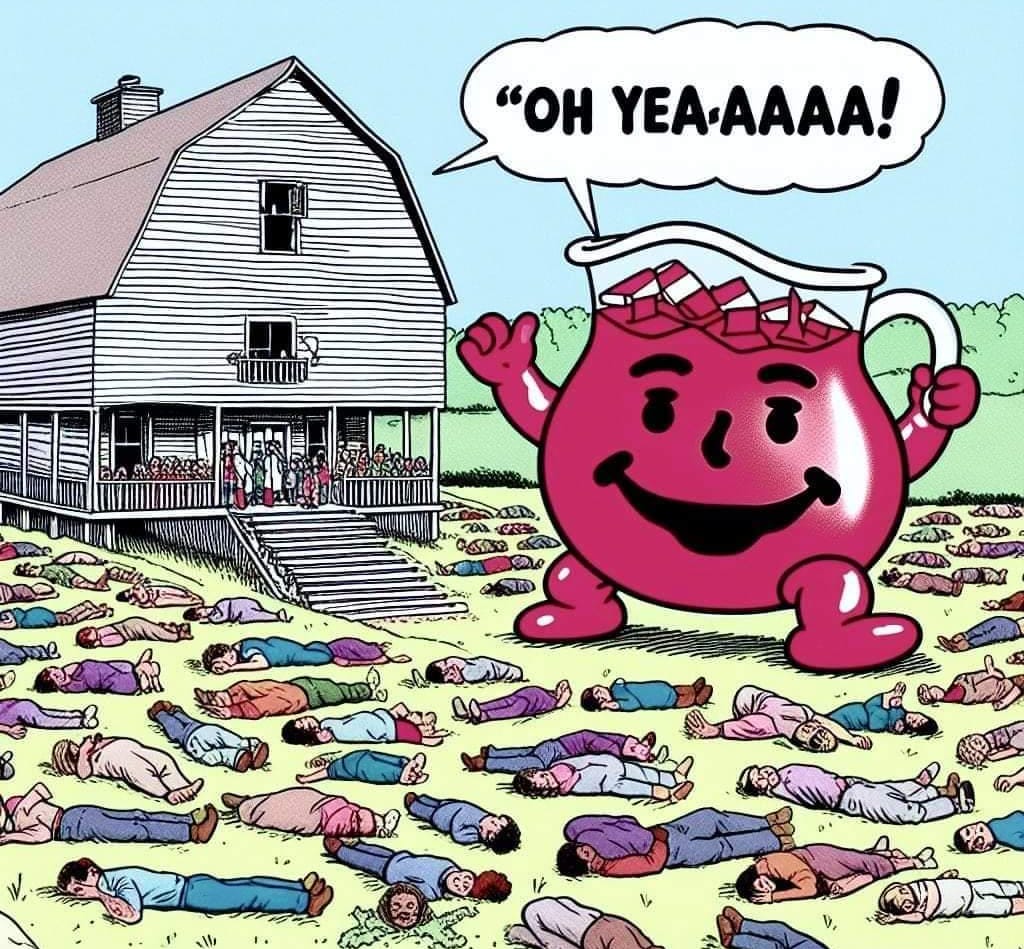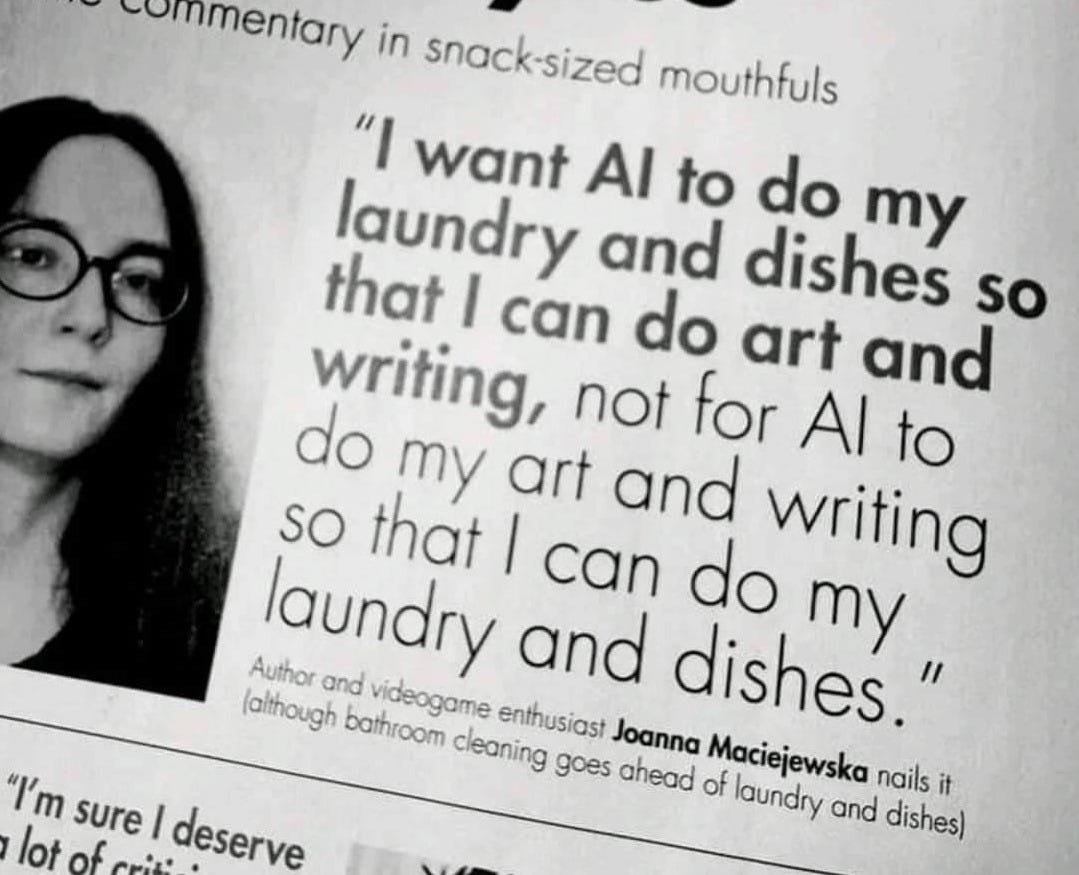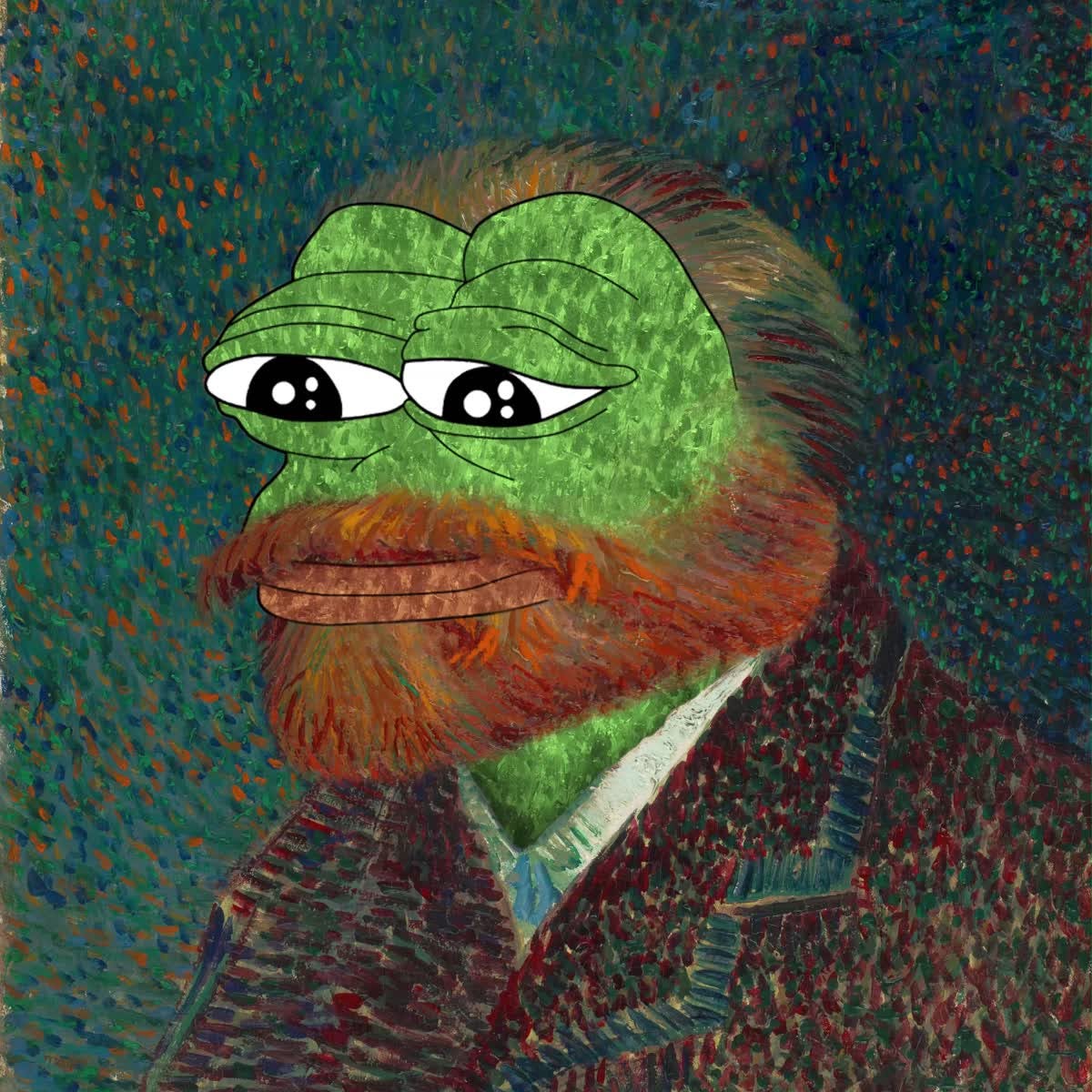Art Is Art: AI Is the Next Erotica
Good AI art is like good erotica; it threads the needle between the money, the morals and the man vs. machine.
Hello dear readers, introducing the first of a two-part series on AI art - I hope you enjoy reading as much as I did writing! Onward.
As AI generates more of our cultural lives, good art will be much harder to find. Fortunately, I am here to help you through this stressful time. At the end of this, you should be able to tell which piece of AI content is garbage and which might one day be art.
What we will be exploring:
Why the highly fertile internet cultural conditions create a need for curation.
Why people hate AI art for three main reasons (the morals, the money and the machines) and its parallels with the early porn industry (sorry to disappoint, but this isn’t a raunchy essay).
Why these arguments are meh and how to spot the generational talent.
What we will be exploring in an accompanying piece:
Which AI artists will be the superstars of our generation.
What we won’t be explicitly covering here is the obvious fact that we are in a once-in-a-multi-generation cultural explosion in which the means of creating (AI) and owning (NFTs) art change—out of this, there will be some priceless artefacts.
Let's get started to help you find them.
More culture, more problems?
As generative AI lowers the barriers to entry for creativity and digitally native property rights mean people can now get paid… exponentially more cultural content is being created.
But when culture becomes highly scalable, what is good culture?
Well, we have niggled over what is good art for quite some time, be it imitation, emotion, form, or if it hangs in greybeard institutions…
All were widely studied by the few to be ditched by the many when we traded the ‘sublime’ of the academic elites for ‘beauty is in the eye of every beholder’ of the masses.
These debates over what constitutes good culture also always intensify when new gadgets enter the arena.
Photography is a great example — it was either meant to cause the death of painting or become a refuge for shit painters. Turns out there was room for both and neither. The same was true of woodblocks, etching, film, and the list goes on until we reach the AI tools of today.
Throughout each innovation, many of the same arguments are consistent, but the conclusions are similar: of course, it CAN be art, but most of it is shit.
So, we will have to leave the argument that AI cannot be art period at the door because it is too binary, short-sighted and boring. If you disagree, go read some other clickbait and leave mine in peace.
Back to it, and that parallels between AI art and pornography.
Some new artforms receive more backlash than others because they combine technological upgrades with cultural movements; pornography was one of these, and AI art is now another.
Porn is still a touchy subject for many. It's not our fault that we like it; we are hard-coded to think with our loins (read the above for an overview).
Fortunately, our obsession with porn has been the primary driving force behind most communication technology, from Gutenberg to the early internet (read the above for an entertaining overview). In the latter, thank Playboy for cable tv, porn streaming for the internet, e-commerce and UHD and camgirls for Zoom.
But once the smut vendors lay the infra, it is used for other purposes and pushed back to the dirty margins with hypocritical outrage from the mainstream. Luckily, we have haptics, VR, and AI to come.
Anyways, in a philosophy of art module, I once wrote a sub-par subtle piece called ‘Porn is Art’ where I came (ahem) to the conclusion that, of course, it CAN be art, but most of it is shit. And in my new role as a pivoting crypto to AI voyeur it was not hard to see the parallels.
AI and porn are hated (initially) because of three main reasons, a) the money, b) the morals and c) the man vs the machine. Today we will find out who the AI pornstars are going to be.
What makes some porn good art? In short, the ones thread the needle between a, b and c.

Some will argue that these are not porn but erotica. The intentions are not the same (they do not wish to make you nut but lightly arouse and shock). Whilst semantically true, that is only one part of what makes them good art.
In the same way, people will eventually (when the buzz is normalised) say in their snootiest of French accents…
“excuse me, monsieur, that is not simply AI art - it is algorithmic-infused generative coding and expansive memetic storytelling.”
…maybe that is what will make it good.
So, who will be the Mapplethorpes, Rodins or Bakers of our era?
If you want to find out straight away, skip here.
But if you want to be able to pass your judgment on the next piece you click on, let's dig into the money, the morals and the machines.
AI Art is not art?
The Money: Argument 1 “It's gonna make me redundant!”
Much like the cries of outrage from the softcore connoisseur when VHS and Webcams lowered (or made permissionless) the barriers to entry for the porn industry, opening the gates to the humble long tail ameteuuuur (and burgeoning p2p industry)... many of the artist-led critiques of AI art stem from a fear of change and what it may mean for their status and wallets.
Because AI will rip apart the status quo in the Arts.
Below is a blurry recollection of a late-night conversation I recently had on the topic with an aspiring scriptwriter who, after sniffing multiple lines of panic amid the WGA AI strike, was alarmed at his future prospects…
Him: “The machines are gonna take my job… [gums rest of bag]...bastards can shit out scripts faster than I can think!”
Me: “Well, you can't be very good at penning scripts if it already has a better imagination than you…appaz sex work or plumbing has a better knowledge moat.”
This is because…
Because more people and algos can now easily get involved, AI will sniff out all cultural ‘midness’; so your average ‘artist’ in any digitally adjacent format is likely NGMI.
Of course, with any new technology, the market for the culture has a huge scope to grow; it's just that the beneficiaries of that growth change.
For example, the porn industry is a lot bigger (approx $97bn per year) than it was pre-digitalisation. Through its growth, it also managed to disrupt whole creative industries that either adapted (Hollywood started doing more nude scenes) or faded away (RIP nuts) and created a new set of incumbents... but it certainly made at least as many jobs as it stole, just not in the same areas.
AI will do the same in several instances, but, in general, is more naturally automating, so there is likely to be more human job loss than porn.
Alternatively, there is the more rosy hypothetical where everyone retires, lets AI do their jobs, and becomes active in the arts funded by some form of agentic UBI.
Whilst a lovely idea, there are some snags.
Unfortunately, when US manufacturers were automated away, mainly by cheaper and more efficient workers from China, amongst other regulatory and shiny reasons, they didn't all find their way into culture…. It turns out it's quite hard to practise your brushwork when you don't have a house.

So don't fret unless you are really redundant…
But who is the least likely to get automated away?
AI won't replace everything in culture by any means.
As Simon says, LLM-produced media will excel in previously time and cost-intensive areas that were too niche to scale to the mass market. In other words, the long tail of the arts will likely get automated.
Fortunately, it's not all over for the humans in culture because you can't automate authenticity.
You can see this in the resurgence of human-to-human connection-driven media (e.g., REALity TV and BeREAL). People want to connect authentically.
Porn is also following suit. There has been a big uptick in REALity porn as of late, with people eschewing the mass-produced, polished, and in many appendages, way larger-than-life alternatives in favour of something much more relatable.
Lesson: when you go too far away from authenticity, people want it back.
So the question related to AI and culture is - wen authentic digital artisan industry?
To answer this, we can again look to the meatspace manufacturing industry and its reversion to authenticity from mass production through popularised movements such as “farm to table,” “buy and support local,” and “handmade.”
Many suggest we are on the brink of a third-wave revolution, and the next decade will see an ‘economic transformation in favour of the artisan economy’.
Of course, economies of scale and other related market phenomena mean you can charge a premium for human time spent. But how much of the difference in your $0.30 mass-produced vs. $8 handmade soap is due to production costs?
Maybe at least half is fair, but the rest will come from authenticity.
TLDR: People are willing to pay a premium for authentic goods and culture because they are human-made and have unique characteristics (see here for an overview of qualia, elan vital, essence, and entropy).
So, how does this relate to AI and culture?
In the same way that we grew tired of mass-produced goods in meatspace (dependent on purchasing power), our eyeballs and brains will eventually disenchant from the mass production of AI-infused culture and text.
The early stages are already starting to show.
If I see or read anything that overtly whiffs of mass-produced AI… I think, 'Why should I waste my time on that idiot who either can't think or can't be bothered to spend their time on me?' and then close the tab.
So, there will be a market for autonomous AI culture, AI and human culture, and human culture with diminishing authenticity the further away you go from humans on the spectrum. As such, people will pay more to see/hear/read things provably made by humans.
For example, people will pay more to go to an IRL human gig than a digital one. Similarly, in theatre, people will spend more to see a show that is provably scripted by humans or with human actors (and more expensive hand-made movies for the discerning elite), but there will also be cheaper, enjoyable artificial media for the masses.
So, a level of humanness is going to be a factor, at least at the input level, and to verify this, there will need to be more tooling and standardisation (likely opt-in) to prove this authenticity.
This will also be especially important for artists not to steal other artists’ coins, as copyright and ownership issues are already picking up. Regarding copyright, the complicated solution lies in the ability to counter with the provability of authenticity and a transition to opt-in and remuneration-friendly models (asking permission, not forgiveness).
But this is not the only factor. Not only will it be humanness, but it must be a good human to excel… So, how do you spot primo digital artisans?
Market making and consensus: the new tastemakers of online degens, galleries and platforms will play a part similar to how they used to. Due to the permissionless nature of the creation and distribution process, people don't necessarily need formal tastemaking to reach escape velocity…. But it will help the midder ones. It's just now the institutions will be less rigid. So, just creating an image on midjourney with no community is likely mid.
Storytelling and memes: as is commonly agreed through emotional resonance theory, the art that can evoke the strongest inner reactions from their audience tends to succeed; in other words, how much is it culturally embedded a la Geertz? It's just that now the stories will be less formal and have to be more inventive (with less shock factor over time). So, just creating an image on midjourney with no story is likely mid.
Native skillz: much value has been previously found through embodied creativity (art is special because of our unique experiences of consciousness and physicality). Previously, most of the uniqueness stemmed from human experiences. Now, it may be embodied in the medium by other, maybe later conscious, entities (i.e., the novel uses consensus to create autonomous artists - more on this later). So, just creating an image on midjourney with no proprietary skills / native training data is likely mid.
In the same way, everyone can't make it on Etsy as a basket weaver, and there won't be loads of digital artisans. Those who do prolly won't take your coins unless you were a sub-par artist and AI accelerated your redundancy.
But you can't have a mean reversion to digital artisans without a great transformation… these things take time, and for the digital equivalents of handmade soap to be cool again, you need all the manufactured stuff to flood the market.
Then, those digital artisans who can charge a premium = art.
The Morals: Argument 2 “God wouldn't approve!”
At the early onset of mass porn, many said it could not be art on moral grounds.
Arguments ranged from the production phase (e.g., coercion and brutality) to postproduction (e.g., subordination of women and the erosion of the consumer's mental health and god-given libido).
Similarly, AI art faces immoral criticism in the production phase (e.g., copyright, bias, NSFW content for training) and in postproduction (loss of jobs, misinformation and lack of moral judgement). This section will cover claims that AI art cannot be art because the output is immoral.
We will counter two commonly used arguments for immortality:
Argument 1:
AI lowers the barriers to producing NSFW and offensive content. These range from a touchy grey area content (e.g., some porn) to outright illegal outputs… “These are too immoral to be art”.

Counter: Subjective morality is not a barrier to art.
Obviously, saying some AI is contextually immoral is fine (the general pitfalls of all of those arguments apply), but that doesn't mean it relates to all, and it certainly doesn't mean that it cannot be art. Many celebrated artworks have ‘immoral' elements (see above).
Contentious for sure… but certainly art.

In terms of the outright illegal variety this is a fine line that depends on the times.
Joyce’s "Ulysses" (1922), Nabokovs "Lolita" (1955), Kubricks "A Clockwork Orange" (1971), N.W.A's "Fuck tha Police" (1988) and Mapplethorpes Nudes (1990) were all considered illegal at one point in time to be widely celebrated (and legalised) later, not in spite of their immoral content but because of it.
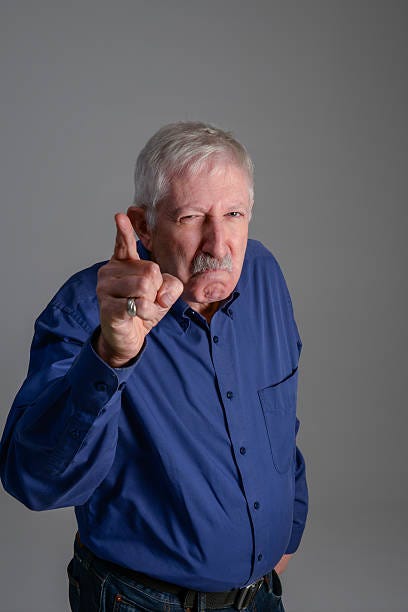
Overt censorship in culture based on contemporary norms is problematic for a variety of reasons. The main problems being a) those in powerful positions become censors, liable to censor anything that undermines that power, b) it is ossifying through its lack of humility and confidence in a static 'truth' and it can lead to the premature gating of progressive (and sometimes beneficial) notions (see Galileo or Alan Turing).
In terms of universally unacceptable content and where AI will exacerbate the problem, undoubtedly, stricter controls will come into play (and more open models to counter the rules). These should, however, focus on the person, not the medium. Regardless, the beholder will grant artistic status, so as a mean reversion away from cancel culture takes place, we may be in for an interesting ride.
Argument Two:
AI can promote all kinds of misinformation, such as generative conspiracy theories, e.g., LLM-inspired QANON, that inspire a headless cult. “These are too untrue to be art.”
Counter: Veracity is not a barrier to art.
“We all know that Art is not truth. Art is a lie that makes us realize truth, at least the truth that is given us to understand. The artist must know the manner whereby to convince others of the truthfulness of his lies... ” - Picasso
Art is an opinion, not a fact.
The best stories (artworks) are not judged based on their truthfulness but on their cultural impact; many celebrated artworks are mired in inaccuracy.
With regard to AI, art and truth. AI lowers the barriers to creating more convincing misinformation that can (for a short time) mirror reality. Additionally, with the rise of the internet as a global cross-reference engine, the truth is simultaneously harder to be given by institutions but easier to find yourself.
Of course, some will be more overtly untrue than others; arguably, this makes them less artistic as they tell a less convincing story, and the opinion becomes less culturally accepted.
Some will also be inevitably more harmful than others (e.g., an AI Qanon-type cult oracle that inspires physical harm), but as we have seen above, morality is not a barrier to art. In this case, it would likely serve to increase the impact of their story.
Regarding overtly illegal mistruths, as the law will hopefully transition to come after the person, not the platform, the merit will lie with the artwork, not the artistic medium (AI). In any case, with the proliferation of OS models, it doesn't really matter, as it is going to happen anyways.
The Machines: Argument 3 “Machines can't make art!”
As the prior sections addressed arguments relating to the morality and money of AI art, this one will delve into criticism of the medium itself.
For this section, we have three intellectual rounds between Karen (“AI art is not art”) and Vincent van Pepe (“AI art is art”). Let's get ready to rumble.
Round 1: Originality
Karen: "It's uniquely unoriginal."
It's an overt rehypothecation of existing talent. Scraped, packed up and splurged through some maths to spit out a probabilistic version of others' art (lacks intentionality and cannot evoke radical creativity).
In other words, it stands far too heavily on the shoulders of giants before and, in most cases, steals others' creativity as "money laundering for copyrighted data".
Vincent van Pepe: “Humans are inherent copycats.”
We are all rehypothecation machines in some shape or form, and the lines between originality are slowly blurred. Some artists just hide it better than others, and the sparks that breed artistic emergence in humans also draw heavily from others' works.
With AI art, we can track it better (sometimes). Imagine if we could pinpoint and dissect the inspiration of traditional artists when they were writing (e.g., neuro link RAG for meatspace). If you could see all the uncited source material, would that make their art worse? Maybe. Perhaps it is good that humans have a memory and query limit (so far), limiting the extent of our mimicry, or we wouldn't be able to make art either by this logic.
In a way, AI art is simply a more programmatic blend of art history and the consequences of previous work. AIs can query more databases better, representing a more cohesive form of collective unconsciousness.
In any case, imitation is the highest form of flattery, and AIs are learning like young artists. AI art will push boundaries that will inspire new forms of human creativity and vice versa; like GANs, humans need a competitor to push them to new limits.
That said, verification of originality and authentication of inspiration will be increasingly important.
Round 2. It's too easy
Karen: “It's not art because anyone can do it.”
As discussed earlier, AI is certainly lowering the barriers to entry for shit artists to make shit art. People think they can now express themselves in any imitation of a medium without mastering it (or understanding the potential of the medium itself).
But in many instances, AI is robbing artists of their agency by making fewer creative decisions… in some cases, AI requires little to no agency (something we have not had before). This will also get worse as mass consumer text-to-image models will require increasingly less input as a feature rather than a bug. As the barriers to entry for expression continue to lower, people will get less artistic as models get more predictive.
Vincent van Pepe: “Not all of it is easy.”
As discussed in "It's gonna take all my coins", not everyone can be good; this is gated to skill and limited eyeballs and cash to vote on. In some cases, AI can be a shiny new tool like many before it, so it's just a case of how skilful the person wielding the tool is.
In other cases, it's much more than a tool, and the very level of human involvement or autonomy can vary from none to community-shaped art, e.g., Botto (discussed later) for collective transcendence.
In some cases, it won't be the outputs that are art but the tool itself and the artists, the painters of the programme.
It really will depend on your preferred definition of required authorship.
Round 3: Humanism
Karen: "AI is not human enough to be art."
The final and perhaps hardest boss to overcome because it challenges all the convictions (and their attached biases) of our uniquely special place in the world (humanism). The overarching argument is that AIs have not spent enough human blood, sweat and time to make art.
Subsets include:
It is the process of writing, painting and speaking in an attempt to connect with others that is artistic. Machines do not have the capacity for genuine connection. This is especially true of written work… anything worth its salt requires lived effort by the person writing it.
It is not based on real lived experience (central to making art) and replaces bias and emotion with probability. So, AI lacks the human touch, agency, entropy and qualia (central to making art).
Lacks spontaneity and interactivity (e.g., can't have a "jazz jam" with AI… yet). For example, if you can't fly a plane without autopilot, are you a pilot?
Vincent Van Pepe: "Depends on the level of human involvement."
If you (humbly) think that artistic beauty is found everywhere, not just in human creation (mountains are Yahweh's art), you probably think Karen should stfu.
If you (arrogantly) believe that humans MUST be involved in the artistic process for something to be art, then how artistic something is may likely depend on a sliding scale of human involvement (from hit it and quit it prompter to constant tinkerer). Here, you will encounter difficulty in the future with truly autonomous artwork.
If you believe that no humans are involved at all = no art, even the reductionist argument (that humans were involved in the making of the chips), then congrats, you are a Karen.
As a quick disclaimer, many of the (counter)views expressed above use examples of today's AI art, which will inevitably get much better and more complex. So, it's better to use your imagination than just think all AI art is single-shot text-to-image production. So, if you still disagree… I hope you find it hard to say that the machine will NEVER evolve into something you consider art.
Closing Thoughts:
So, on our journey through the parallels of porn and AI, we will have come to the same conclusion. Like porn, of course it CAN be art, but most of it is shit.
What makes some AI good art then? As was the same in porn, it's the ones that manage to thread the needle between the morals, the money and the machine.
In terms of the money, this is an argument levied by mid-artists who were already redundant; AI has just accelerated it. There will be many artists using AI, but the ones who can charge an artisinal premium will be those who excel in marketmaking and storytelling and have digitally native skills.
In terms of the morals, these arguments will always be made those on their high horses swallowed by the shifting sands of cultural norms, but this time round, it will be even less relevant because it is even harder to stop. Those who exceed here will push the boundaries of subjective morals today to help challenge our thoughts into a different tomorrow.
In terms of the machines, these arguments perhaps have the most weight but aren't equally applicable to all artists. Those that have the right balance of originality, authorship, and humanism will be the tasteful version of porn and, thus, art.
Thanks for reading, as always, and no LLMs were harmed in the production of this content.
Follow along for more!
Many thanks to Nick, Lamia and Ed for all your help!
Enough of the hypothetical?
Read on to discover part 2…







